Sitting for prolonged periods is a common aspect of modern life, whether it's in front of a TV, at a desk or during long commutes. The increased use of virtual environments in various aspects of our lives like school, work or telehealth, as well as conveniences like increased curbside pickup and food delivery services, are recent contributors to increased sitting. The bottom line is that most people in modern society lead much more sedentary lifestyles than ever before.
Unfortunately, extended sitting can lead to a range of health issues, including posture and mobility issues, muscle stiffness, low-back pain, reduced circulation and overweight or obesity. To counteract some of the negative effects of prolonged sitting and promote physical well-being, incorporating specific yoga poses into your daily routine can be highly beneficial.
Here are seven yoga poses to help counteract the negative effects of prolonged sitting. Note that, if performed in order, these poses constitute a warm-up, conditioning phase with more complex poses and a cool-down.
- Cat-cow pose: Start on your hands and knees with a neutral spine. The hands are aligned with your shoulders, and the knees are aligned with your hips. Inhale as you arch your back, lifting your head and tailbone and focusing on opening through the collar bones (cow pose). Exhale as you round your back, tucking your chin and tailbone and pressing into the palms (cat pose). Repeat this fluid motion to increase mobility in the spine and improve flexibility.
Cow pose Cat pose - Child’s pose: Begin by kneeling on the floor, bring the knees almost mat-width apart, and sit back, bringing your glutes toward your heels and stretching your arms forward while lowering your forehead to the mat. This pose gently stretches the lower back, hips and thighs, and can provide a soothing effect on the nervous system.
- Cobra pose or upward-facing dog: To perform the cobra pose, or its more advanced variation, upward-facing dog, lie face down with your hands planted so that they are aligned below your shoulders. As you press your palms into the floor, lengthen your arms and relax the shoulders away from the face. Lift your chest and torso, arching your back while keeping your legs lengthened and the tops of the feet on the mat.
For upward-facing dog, instead of keeping the thighs on the mat, press through your palms to help lift your thighs off the mat, so only your palms and tops of the feet are in contact with the mat. Again, make sure the arms are lengthened and the shoulders are away from the face.
Both of these poses strengthen the back; open the chest, core and hips; and improve flexibility in the spine.
Cobra pose Upward-facing dog - Lizard’s pose: This is a deep hip-opening posture. Begin in a low lunge position with one foot forward and the other leg extended back. The front knee is in alignment with the ankle directly below. Bring both palms to the inside of the front foot. A common mistake is to hunch the upper back, so keep your gaze forward, looking toward the top of the mat, and imagine your spine long from the base of your spine to the crown of the head. Breathe on each side for five to seven rounds of inhales and exhales. This pose encourages flexibility and mobility in the hips and groin, while also strengthening the legs and opening the chest.
Lizard's pose Lizard's pose: Advanced variation on forearms - Warrior 2: Begin by stepping your feet wide apart, following the length of your mat, and turn your front foot so that your front heel is in alignment with the arch of your back foot. Extend your arms out to the sides, with both hands in line with your shoulders, and bend your front knee, finding knee and ankle alignment and ensuring that the front knee “tracks” with the second or third toe of the front foot (a common misalignment occurs when the knees caves inward). The back leg is extended and your gaze is directed over the middle finger of the front hand. Make sure to keep your shoulders relaxed and aligned over your hips, to avoid shifting your upper body forward in this pose. This pose strengthens the legs and core; opens the hips, chest and neck; and enhances focus and balance.
- Figure 4 pose: This is a reclined floor pose that targets the hips and lower back. Start by lying on your back with your knees bent and feet flat on the floor. Cross one ankle over the opposite knee, forming a “4” shape with your legs. Gently reach through the opening between your legs and clasp your hands behind your thigh or on top of the shin. Keep your shoulders relaxed and away from your ears, and the back of your head on the mat. This pose stretches the hip and glute muscles, improving hip mobility and relieving tension in the lower back. It's an excellent choice for those looking to release tightness in the hip area and improve range of motion.
- Supine twist: Lie on your back with your arms out to the sides. Bring your knees to your chest and slowly let them fall to one side while keeping your shoulders grounded, if possible. The gaze can stay toward the sky or turned to the opposite direction of your knees. Some people also bring their opposite hand to the opposite knee for more sensation in the twist. This pose provides a gentle spinal twist, stretching the lumbar and thoracic spine and relieving tension in the back and hips.
Incorporating these poses into your daily routine can help counteract the adverse effects of prolonged sitting, promoting better posture, flexibility and overall well-being. Remember to listen to your body, breathe comfortably and consult with a healthcare professional if you have any underlying health concerns or injuries.
If you are interested in earning your yoga certification, check out this new course from our partner YogaRenew: YogaRenew 200-Hour Yoga Teacher Training & Certification (worth 20.0 ACE CECs). After graduating from this course, during which you will master more than 50 asanas, learn about meditation and breathwork, and learn to develop fluid and effective yoga classes, you will earn a 200-hour yoga teacher training certificate and be eligible to register with Yoga Alliance as a Registered Yoga Teacher (RYT)-200.
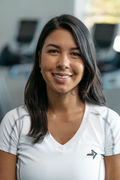 by
by 
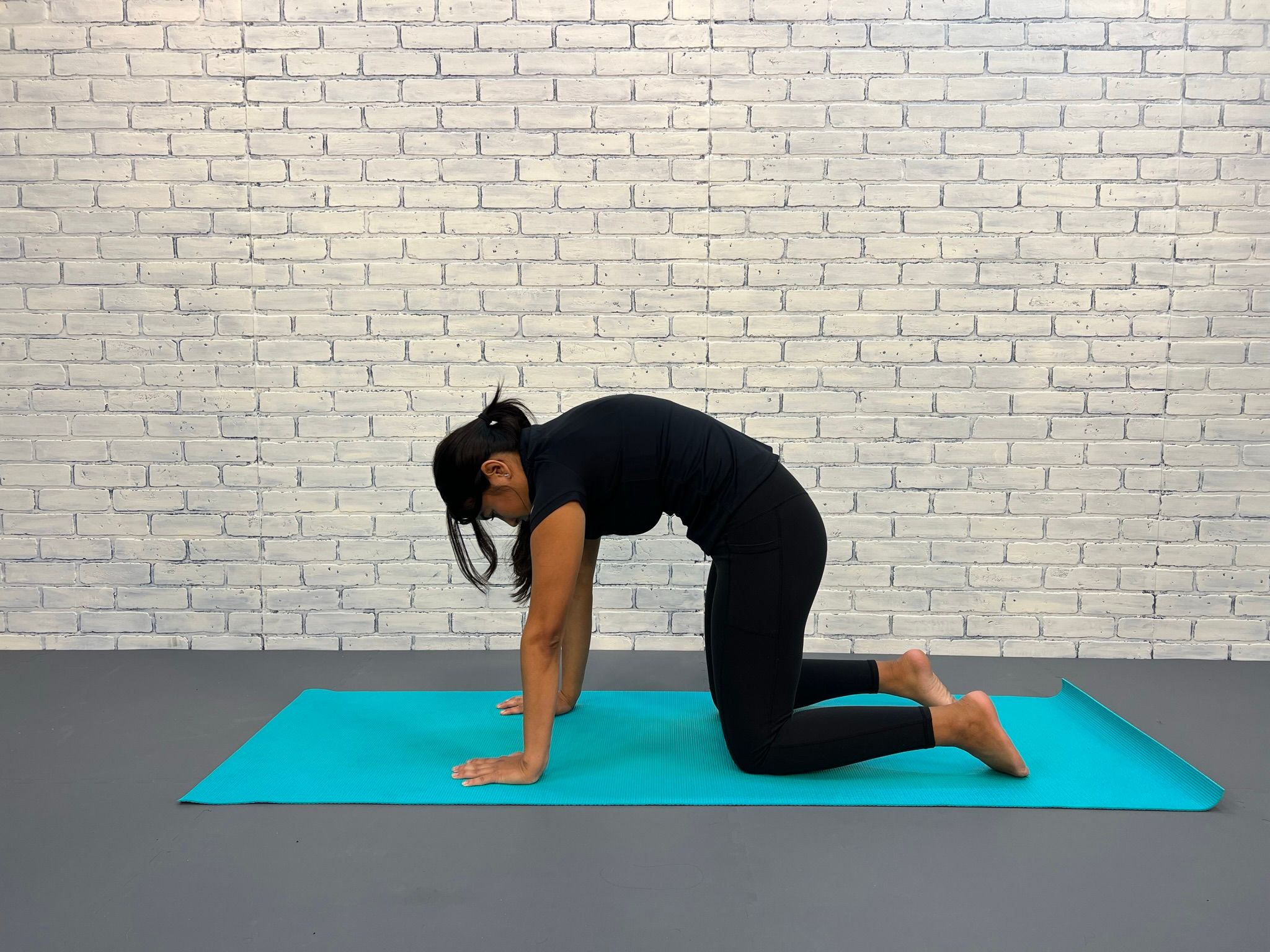
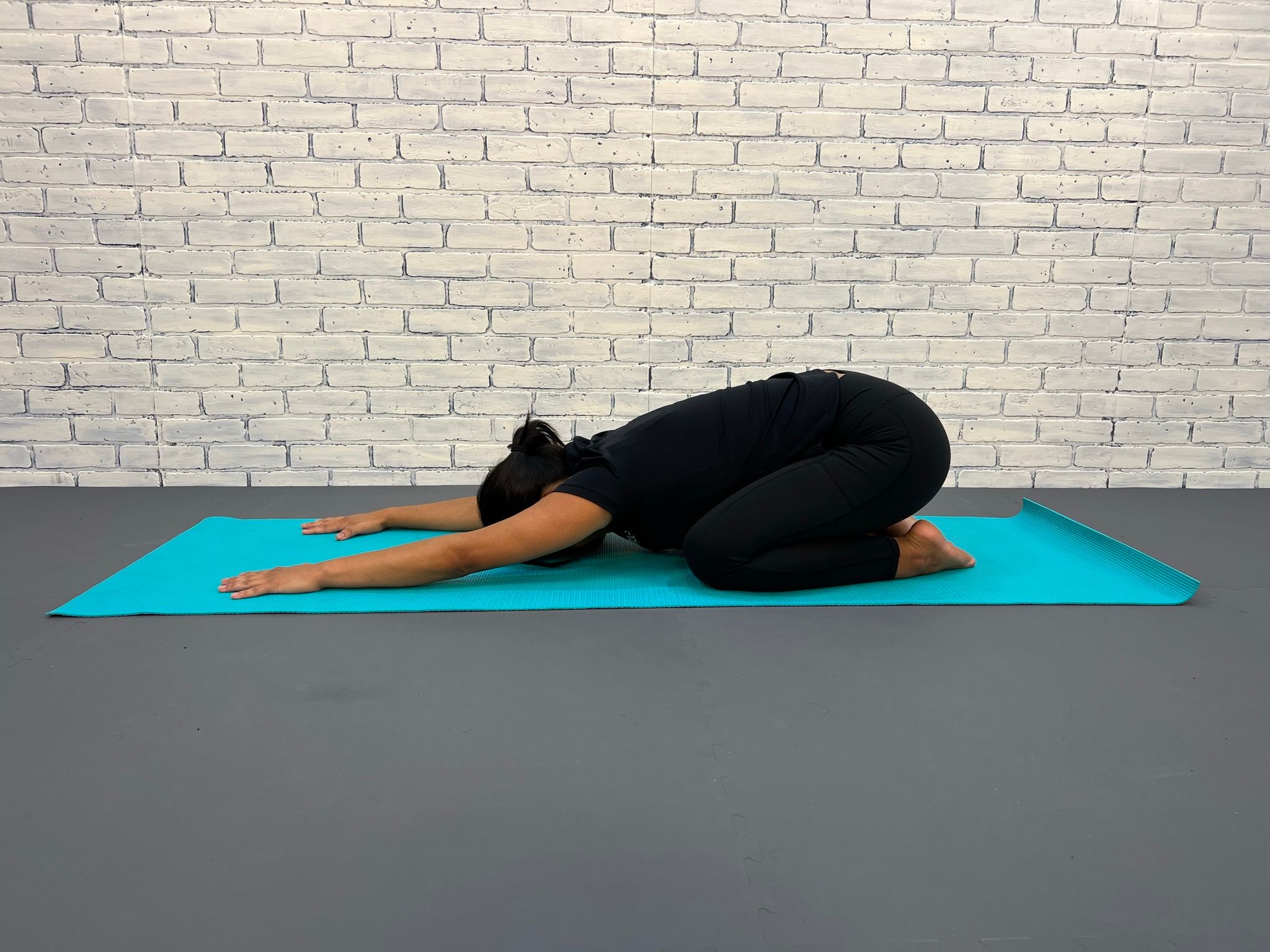
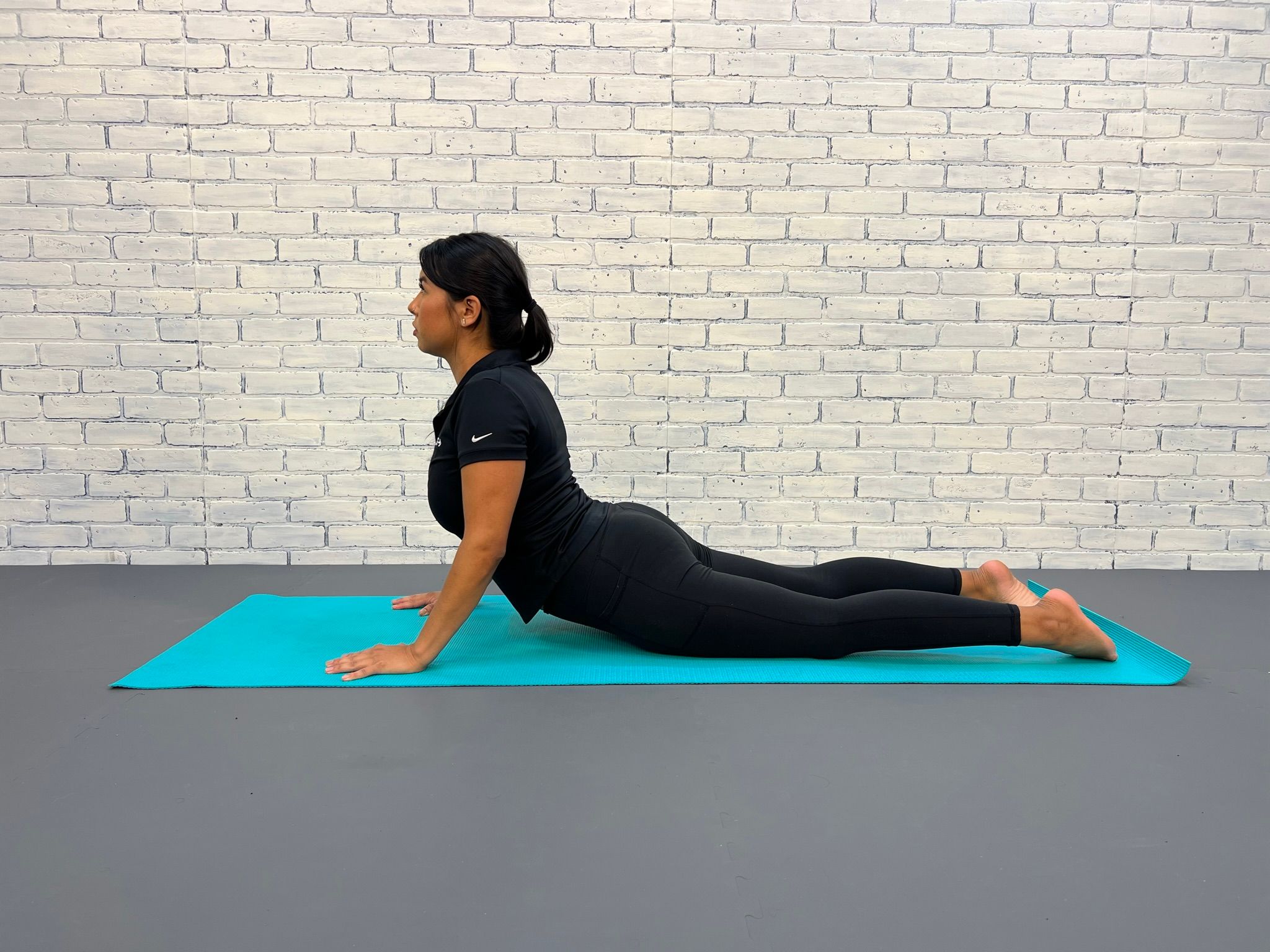
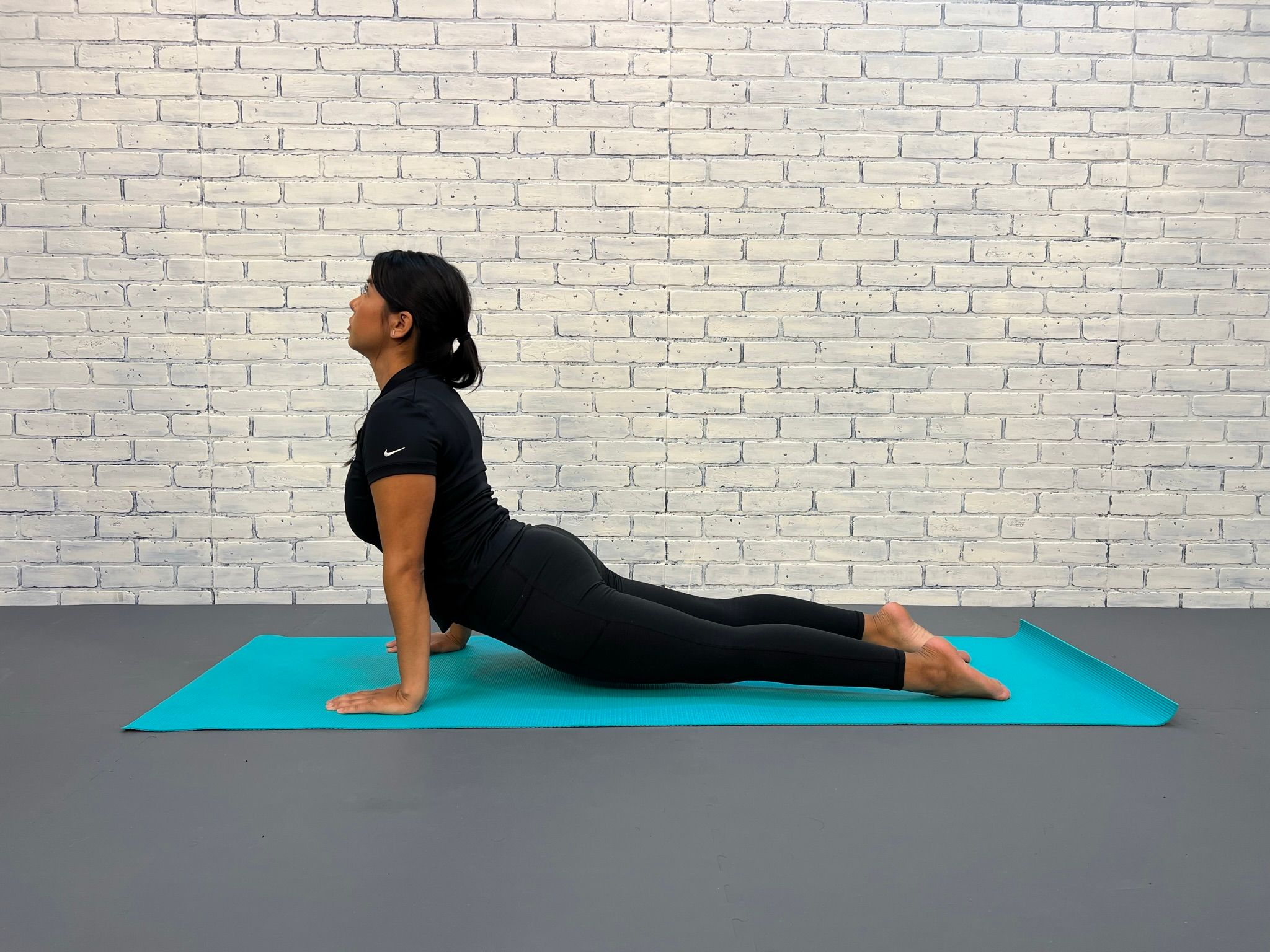
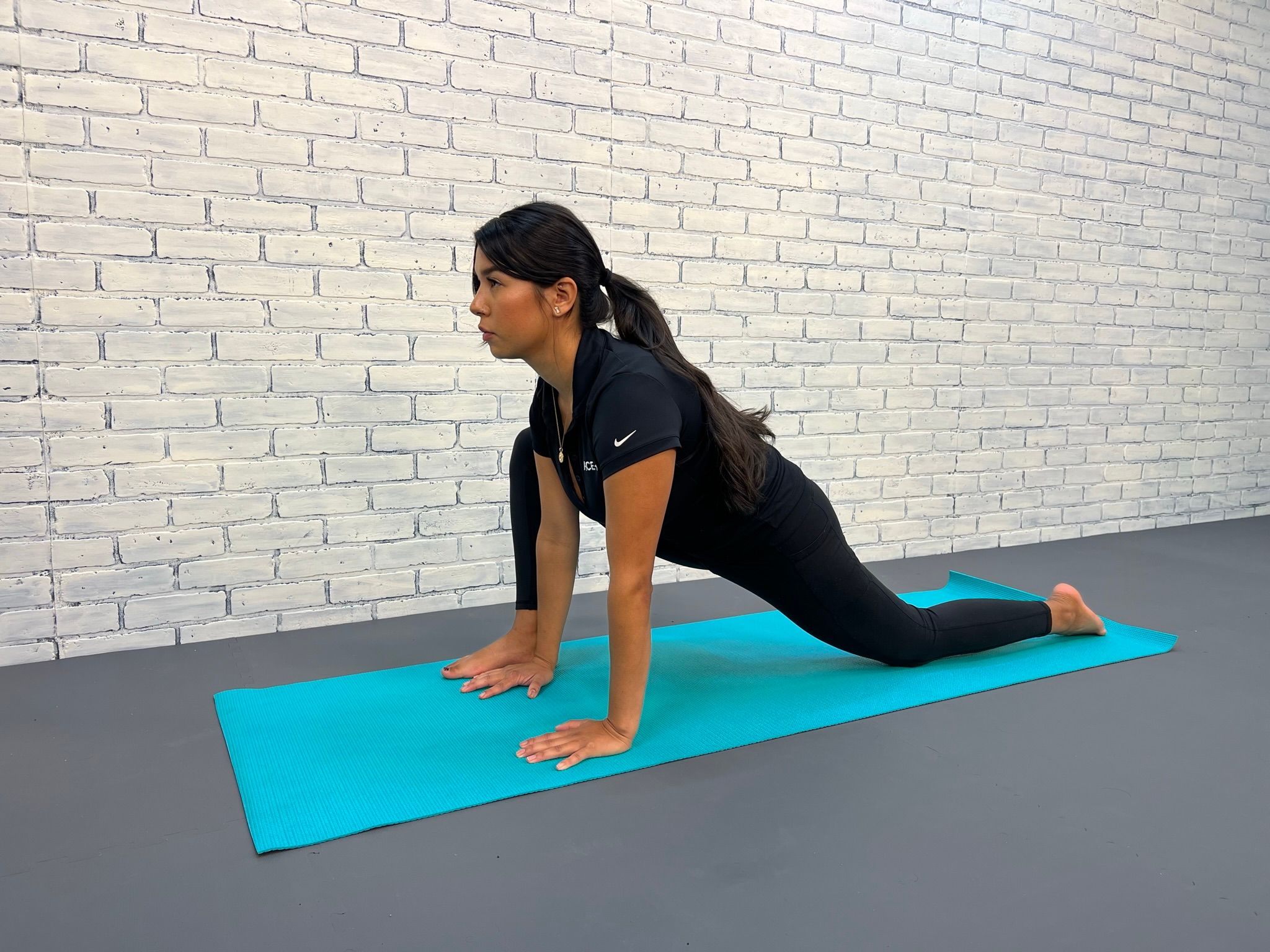
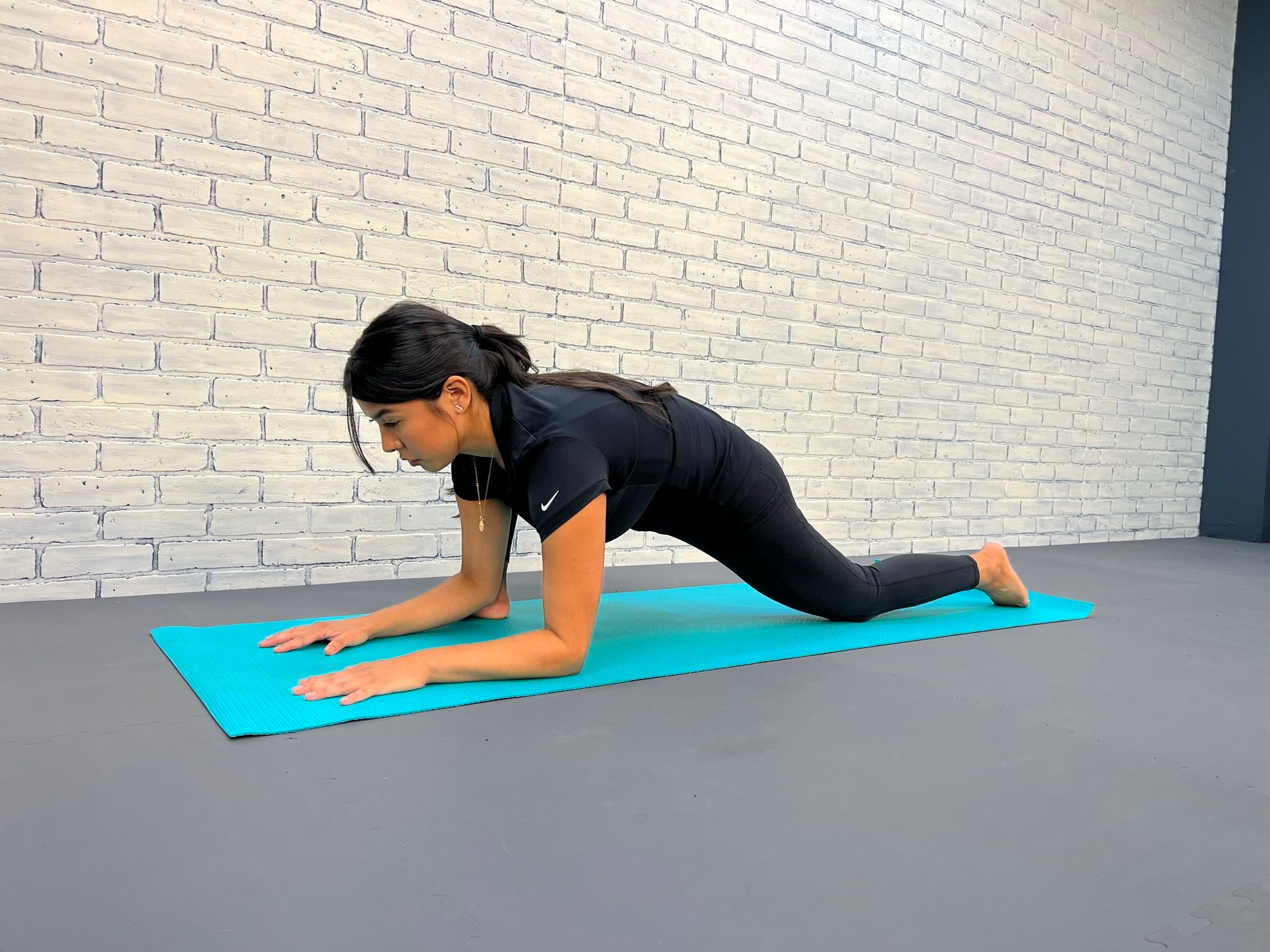
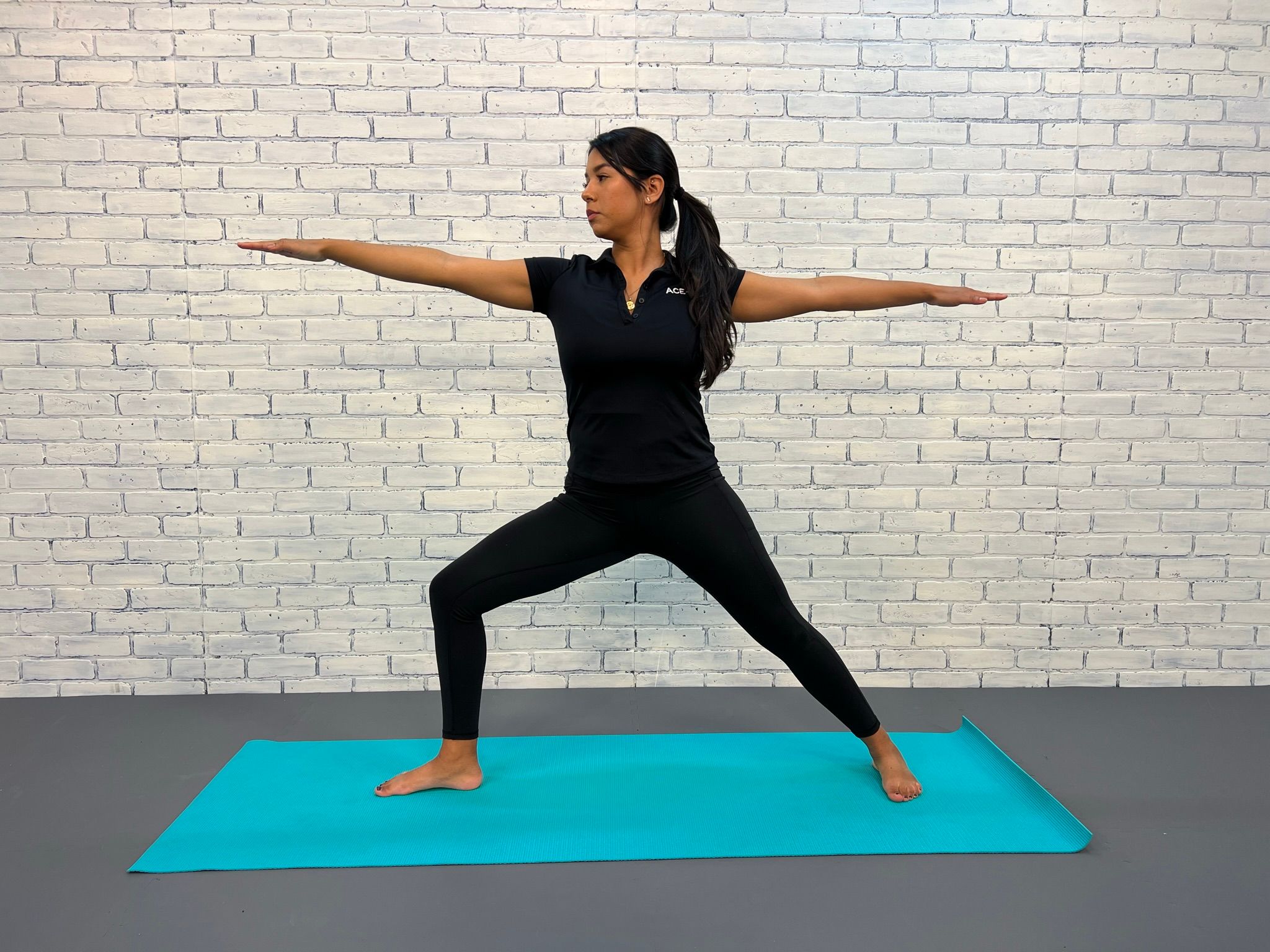
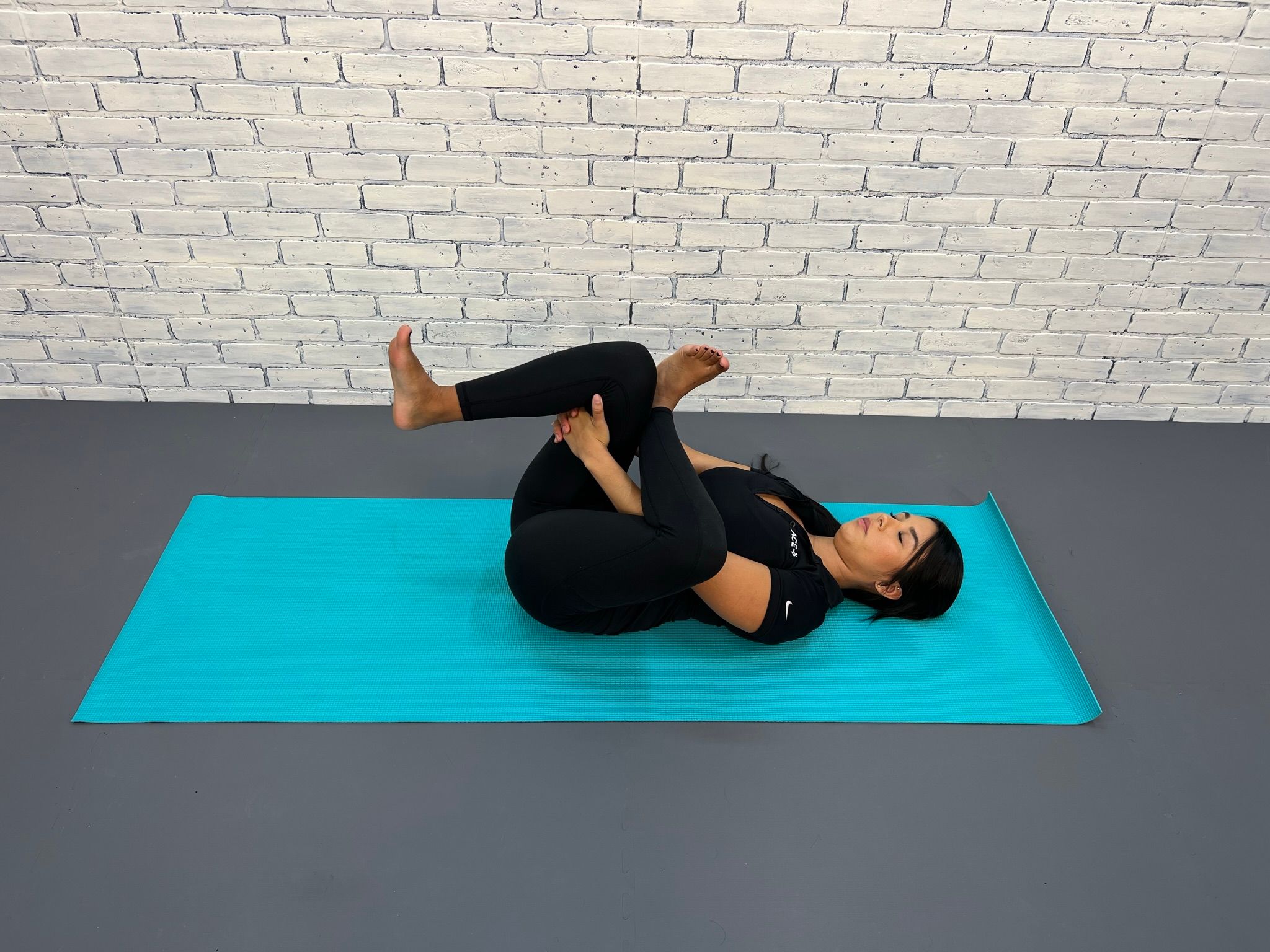
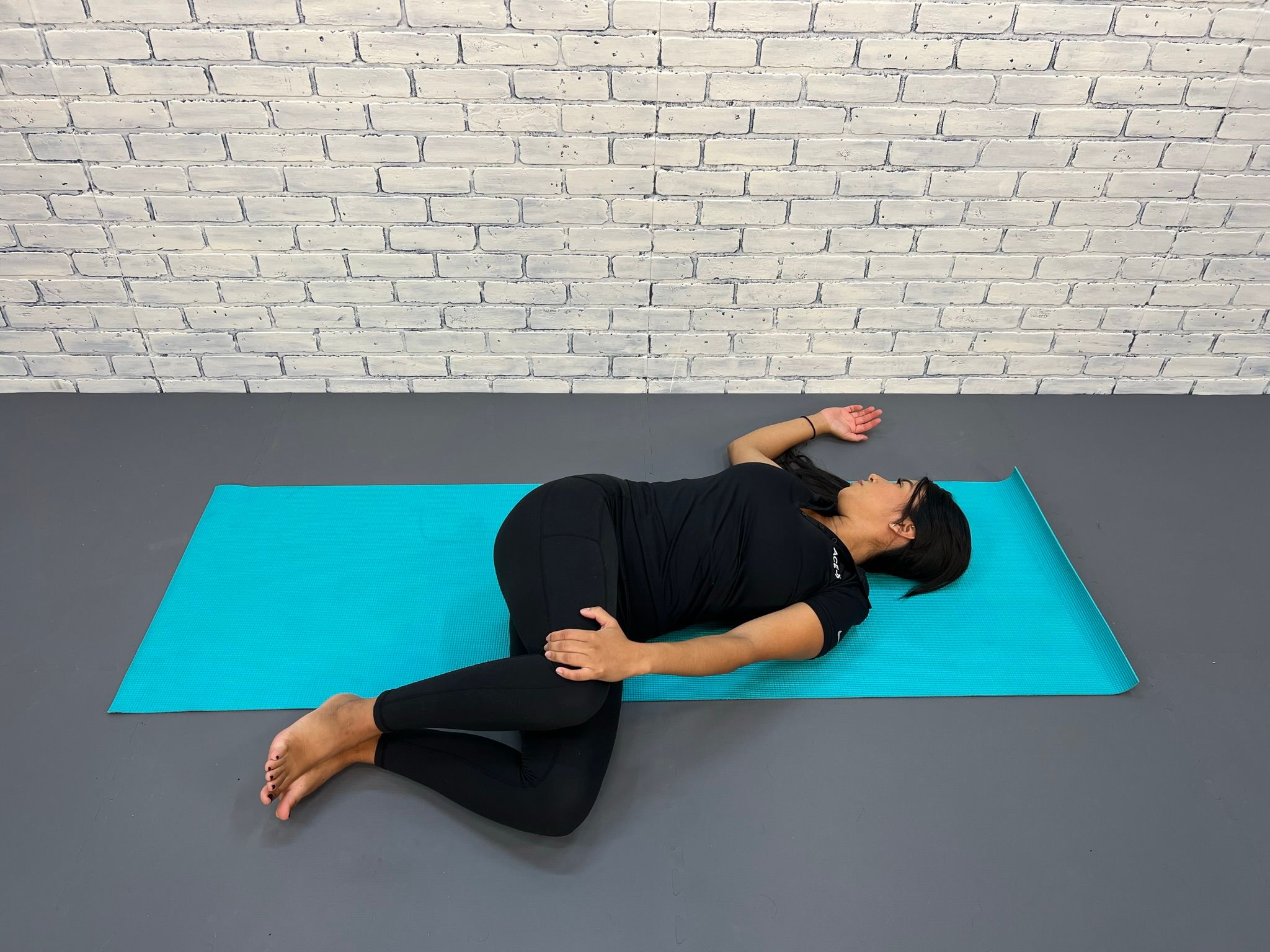



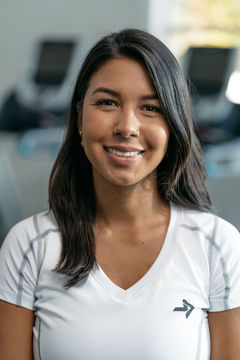






 by
by